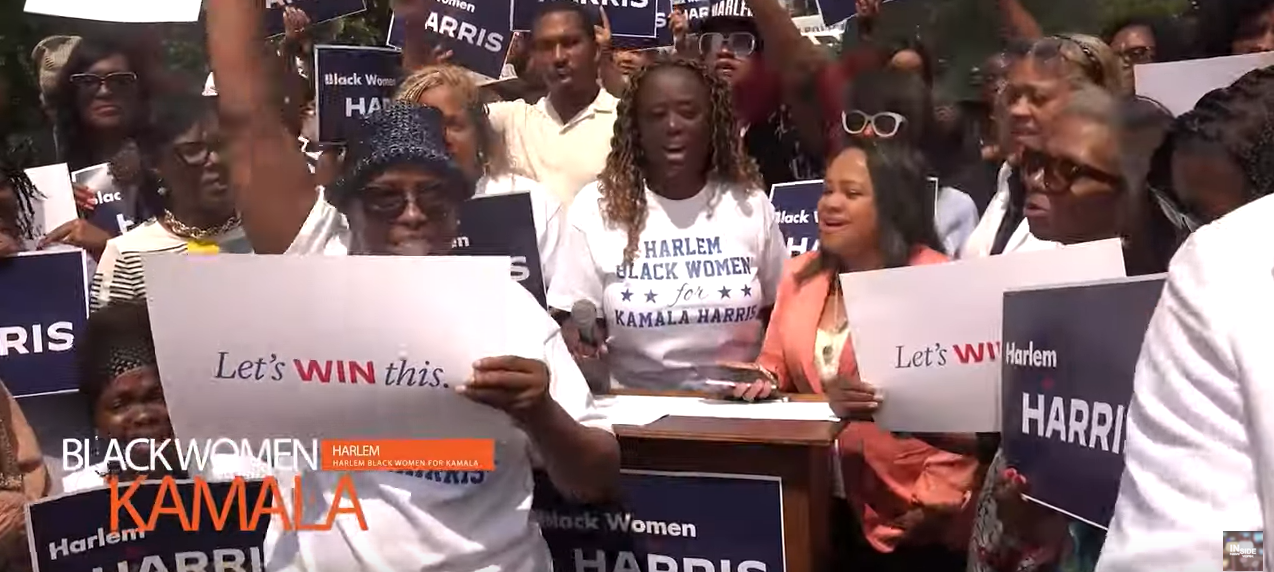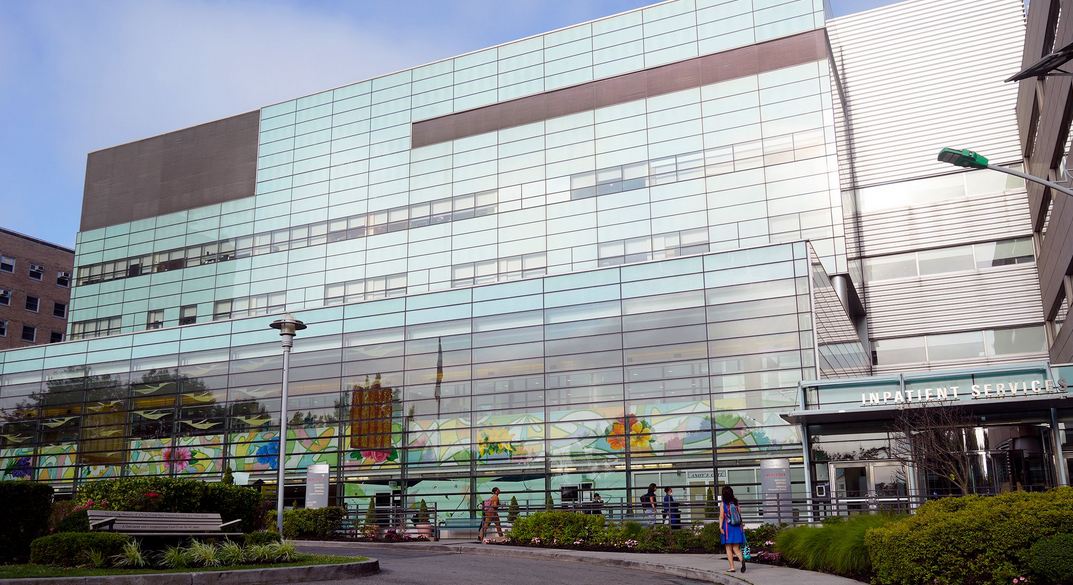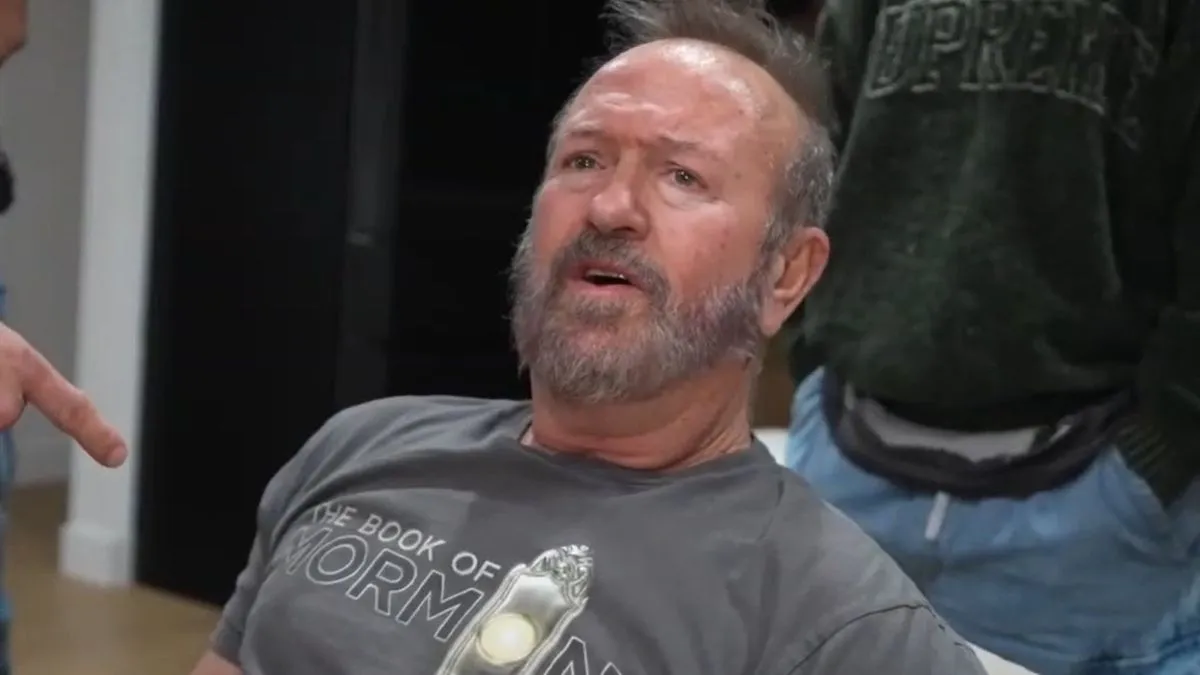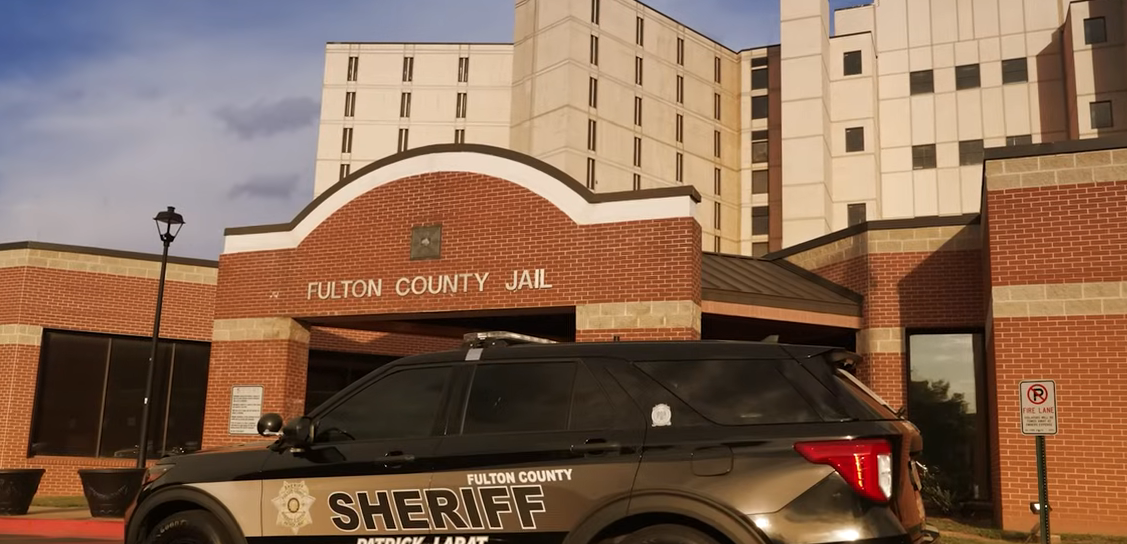Photos: Wikimedia Commons\YouTube
Less than a year after the pandemic began, Americans had access to three highly effective vaccines that are paving the way forward and away from Covid-19, and that number could soon rise, as the FDA considers promising candidates from AstraZeneca and Novavax.
The groundbreaking pace of Covid-19 vaccine development exceeds most health experts’ wildest dreams. Last July, Dr. Anthony Fauci predicted that the first Americans would have access to a vaccine in summer 2021. Just four months later, he received his first dose on live television.
I couldn’t be happier to have been proven wrong, and one group in particular deserves a significant portion of the credit — the biopharmaceutical industry. The industry — and the research scientists it employs — defied all expectations thanks to a robust ecosystem that incentivizes innovation.
For any new vaccine, it used to take years — sometimes decades — to go from initial research to FDA approval. Researchers began investigating both influenza and polio in the 1930s, but it wasn’t until 1945 and 1953, respectively, that the first vaccine for each was approved. In fact, the fastest vaccine development, prior to Covid-19, was for the mumps, which took four years and reached patients in 1967.
In this century, though, companies have significantly shortened the time from initial genetic sequencing to clinical trial commencement. In 2003, it took 20 months to go from a viral sequence for the SARS Coronavirus to a vaccine clinical trial. For the H1N1 flu in 2009, it was just four months.
The industry clearly keeps building off past success. Researchers already knew a lot about coronaviruses from dealing with SARS and MERS, and they have spent over three decades studying messenger RNA technology — the mechanism underpinning the Moderna and Pfizer-BioNTech vaccines.
Still, though, accumulated knowledge only begot rapid vaccine development because of another key support: Intellectually property protections.
IP protections fuel risky — and expensive — biopharmaceutical development projects. Roughly 88 percent of all experimental drug candidates do not survive clinical trials. Accounting for this significant failure rate, it takes over $2 billion on average to bring just one new drug to market.
Patents and other IP protections make those risks and upfront expenses worthwhile. Investors — whether involved with small biotech startups like Moderna or blue-chips like Pfizer — know companies have a fair chance to recoup the steep costs of research and development without rival firms stealing their proprietary data and selling copycats. Companies, in turn, know their successful products will help fund the next big breakthroughs.
This innovative ecosystem allows drug makers to chase big ideas. In recent years, biopharmaceutical firms have dedicated upwards of $100 billion to research and development in the United States alone. Last year, Pfizer itself spent $2 billion of its own resources to develop its vaccine. Johnson & Johnson contributed $1 billion, and Gilead poured in another billion dollars to help repurpose remdesivir as a life-saving Covid-19 treatment.
The fact that companies had those resources on hand during a crisis of Covid-19’s scale is a testament to the strength of America’s IP infrastructure. Countless lives have been and will continue to be saved — so long as we preserve the backbone of American innovation.
As a lifelong advocate for people living with chronic disease, who have been disproportionately impacted by Covid-19, I’m particularly grateful for these breakthroughs.
Kenneth E. Thorpe is a professor of health policy at Emory University and chairman of the Partnership to Fight Chronic Disease.









